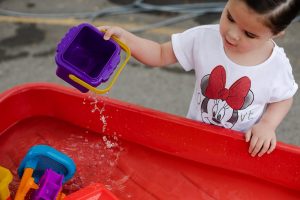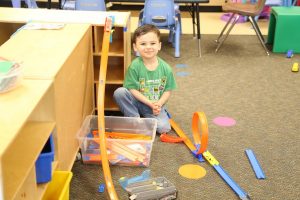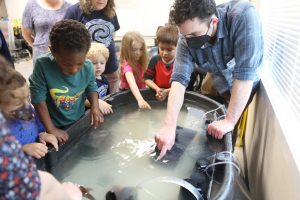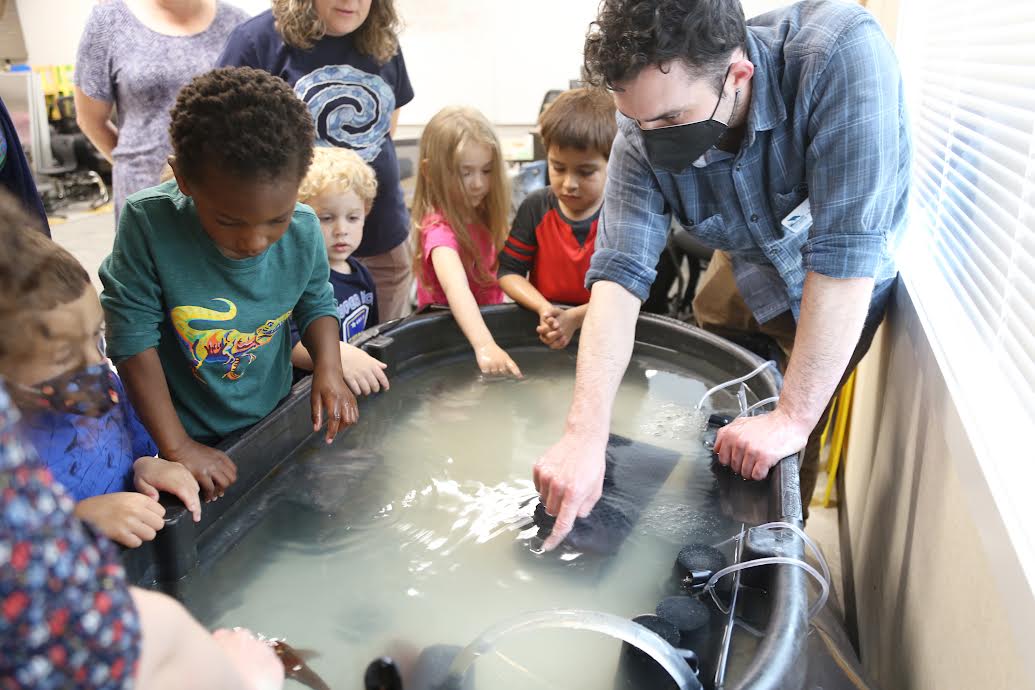For Jana Brock, who is the Elementary Science Instructional & Integration Specialist in North Thurston Public Schools, STEM is more than just a way to teach students about math and science. It’s a way for children to step out of their comfort zone and apply their studies to nature and other real-world applications.

“I see a lot of opportunities for students between pre-k and 5th grade to be inquisitive with STEM learning,” Brock shares. “I see them use oral language and social-emotional learning to integrate the math lessons they’re learning with their English language arts courses through the STEM lens.”
What is STEM?
The term STEM was coined in the early 2000s and stands for science, technology, engineering, and mathematics. Currently, it’s one of the fastest-growing educational approaches. Since its inception, STEM learning has become a common household term for integrating science, technology, engineering, and mathematics disciplines into a single “meta-discipline.”
In addition, STEM education emphasizes hands-on, problem-based learning, where students can spend more time engaging with their studies in a lab-like setting rather than spending most of their time behind a textbook.
STEM Learning in North Thurston Schools Through Hands-On Activities
For many students, hands-on activities aid in learning and retaining information because it allows them to see their STEM lessons come to life. “As they progress in STEM studies, they’re able to make larger connections, like, ‘Oh, this is where my learning connects with real practices,’” Brock shares.

For example, by using popsicles, Brock has found a way to teach preschool students about energy from the sun. “Each student gets two popsicles,” she explains. “They put one in the sun, and they eat the other popsicle. Then, while eating that popsicle, they discuss what they’re observing happening to the popsicle in the sun. They’re learning about the heat, chemical changes, bringing a solid to a liquid, and so much more. So rather than a teacher reading to them about how it happens, they’re actually engaged in it.”
STEM Teaching at North Thurston Schools Includes Outdoor Study
Being outside has been proven to improve “perseverance, problem-solving, critical thinking, leadership, teamwork, and resilience,” as well as develop pro-environmental behavior.
“I’ve heard teachers say that they’ll be very nervous about bringing young kids who might have behavior problems outside of the classroom to engage in STEM field studies,” Brock shares. “But, when they actually get out there, they don’t have any behavior problems at all. I think that has a lot to do with the fact that when they’re outside, they’re so focused on applying everything they’ve learned inside the classroom to what’s happening outside. It’s like everything they’ve learned inside the classroom becomes more engaging when they’re outside.”

This kind of natural engagement and shift to pay attention to what they are hearing, smelling, and seeing is what STEM is all about. It gives students the freedom to take a breath and learn classic coursework differently.
In addition, STEM helps students practice critical social-emotional learning skills, which is the process of learning about self-awareness, self-control and interpersonal skills.
Brock explains that younger students take their STEM studies with them as they move into middle and high school. During their early studies, they may have heard from people who work in the fields that they’re learning about, which can help to give them career connections. They can also expand on what they learned in STEM through high school careers and technical education courses (CTEs).
Jana Brock was a student in the North Thurston Public School system herself. She started her teaching work at St. Martin’s University and then student-taught at Lakes Elementary where she later went on to get hired at Woodland Elementary.
Brock has a background in early childhood and extensive training in STEM. She is a WA Science Fellow and an Early Learning Fellow for OSPI, an agency that oversees public K–12 education in Washington. In addition, Brock is on a state-level science committee where she and others look at science integration throughout curriculums at the elementary level.
Sponsored





















































